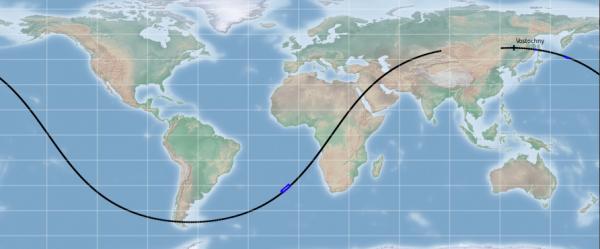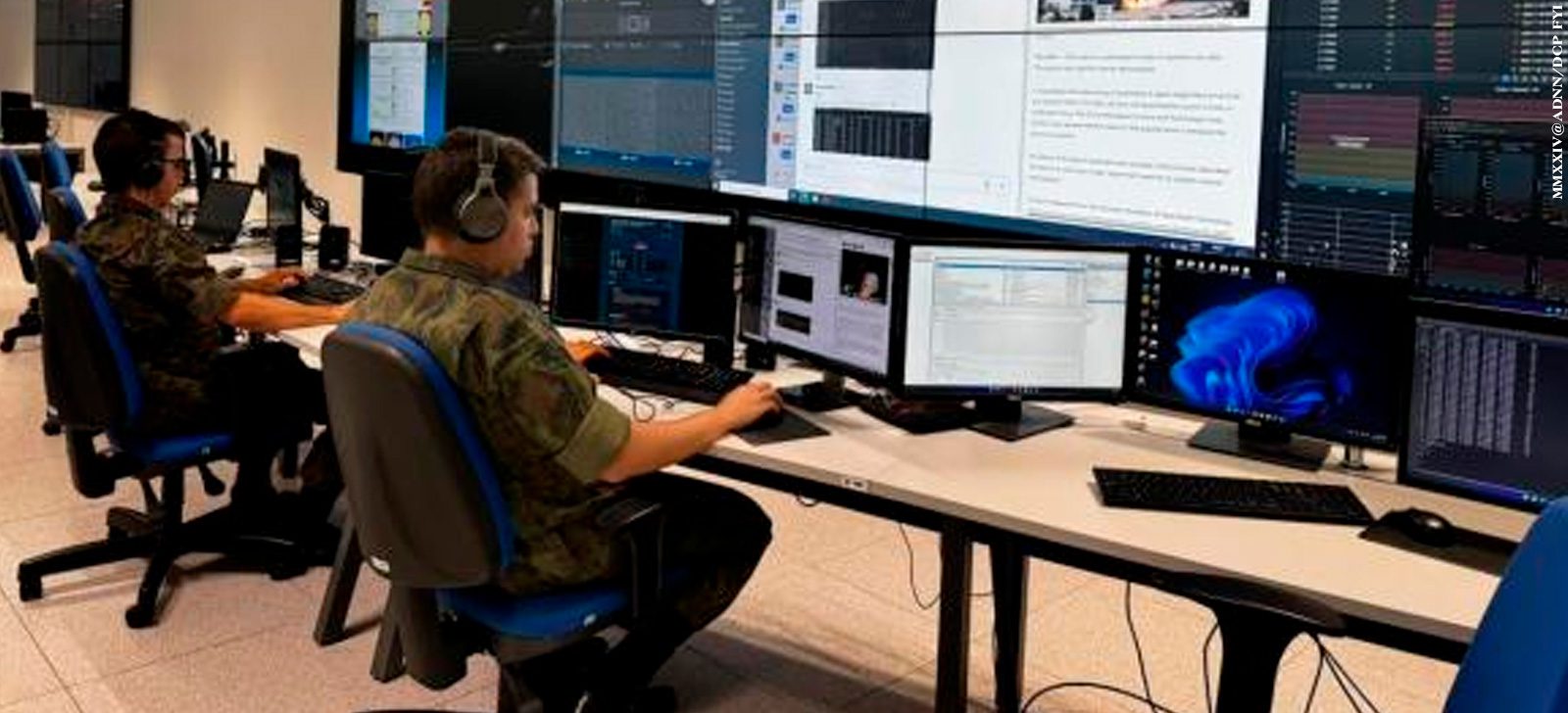The day took place between April 5 and 11
Air Force Agency – COMAE, by Captain Dilson
The Brazilian Air Force (FAB), through the Aerospace Operations Command (COMAE), accompanied the launch of the Russian Angara-5 rocket and the possible re-entry of its third stage into Brazilian airspace. The trip took place between April 5 and 11.
On April 5, COMAE received a communiqué from the Air Force General Staff (EMAER) informing it of the possible re-entry of the Angara-5 rocket’s propulsion engine into the Atlantic Ocean, in a region under Brazilian and South African jurisdiction. At the time, a Notice to Airmen (NOTAM) was issued regarding the event.
This procedure is common in launches and aims to ensure the safety of aircraft, preventing them from flying over areas where space objects could re-enter the atmosphere. Despite the increase in the number of satellites in orbit and, consequently, objects re-entering the atmosphere, most of these objects disintegrate at high altitudes without reaching the ground. For the few that do reach the ground, various entities monitor and identify possible impact areas, issuing alerts for the safety of the population.
Based on the information received, the Space Situational Awareness Section of COMAE’s Space Operations Center monitored the entire launch process, increasing operational capacity and implementing procedures for future space object re-entry situations.
According to the Head of the Space Operations Center (COMAE), Brigadier Éric Cézanne Cólen Guedes, the opportunity once again demonstrates the Brazilian Air Force’s capacity for Space Domain Situational Awareness. “The monitoring of space events and the analyses carried out at COPE demonstrate the FAB’s constant work to guarantee the security of Brazilian space assets,” she said.


The need to eliminate stages, such as engines when putting satellites into orbit, is related to the efficiency and safety of space operations. Each stage added to a rocket represents extra weight that needs to be propelled, which requires more fuel. By eliminating stages as the rocket climbs, it becomes lighter and more efficient, reaching higher altitudes with less effort. This is crucial for placing satellites in specific orbits accurately and economically, ensuring that they reach the right speed and altitude for their mission.
Captain Felipe de Silvério Arantes, a COPE military engineer, in coordination with military personnel from the Joint Commercial Operation (JCO), the US Space Force unit responsible for monitoring space activities, led the rocket launch event, analyzing and issuing updates on the launch.
The Angara-5 rocket was launched from the Vostochny Cosmodrome in Russia’s Far East on April 11, with the propulsion engine falling into the Atlantic Ocean without posing a threat to air or sea operations in the region.
Images: COPE *** Translated by DEFCONPress FYI Team ***
